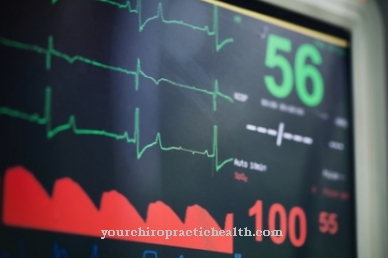Vibrio cholerae is a bacterium belonging to the genus Vibrionen. The pathogen can cause the infectious disease cholera.
What is Vibrio cholerae?
Vibrions are gram-negative bacteria. This means that they can be colored red in the Gram coloring. In contrast to the gram-positive bacteria, gram-negative bacteria have no other cell wall apart from the thin, single-layer murein shell.
Vibrions appear as curved rods. They live facultatively anaerobically, which means that they can survive both with and without oxygen. Two types of Vibrios are pathogenic to humans. In addition to the bacterium Vibrio parahaemolyticus, this includes the pathogen Vibrio cholerae.
The species Vibrio cholerae comprises different bacterial strains. Not all of these bacterial strains are pathogenic to humans. Vibrio cholerae only becomes pathogenic through so-called bacteriophages that penetrate the bacteria. Bacteriophages are different types of viruses that bacteria use as host cells.
Vibrio cholerae, like the other members of the genus Vibrio, can move with the aid of a single flagellum. The scourge is at the end of the bacterial cell.
Occurrence, Distribution & Properties
The bacterium Vibrio cholerae belongs to the aquatic bacteria. These live in the water. The bacterium is found in both seawater and freshwater. Brackish and coastal waters in particular can be contaminated with Vibrio cholerae. Distribution areas are India and Central Africa. The contaminated water is also the main route of transmission for cholera. Especially untreated or insufficiently treated drinking water is an important source of infection.
But the pathogen cannot be transmitted just by drinking the water. Food that has come into contact with the water can also transmit the bacterium. In the endemic areas, freshly washed fruit is often contaminated with cholera pathogens. Vegetable foods often come into contact with Vibrio cholerae in the field.Feces that are applied as fertilizer are often contaminated with vibrions and act as a transmission medium.
However, infections occur much more frequently through the consumption of food from the sea. Mussels and other seafood in the endemic areas are often contaminated with cholera bacteria.
People who have cholera excrete the pathogen with their stool. The pathogen can also be detected in the vomit or in the juice of the small intestine. Even a few weeks after the symptoms have subsided, pathogens are often still found in the stool. However, permanent elimination is rather rare in Vibrio cholerae.
You can find your medication here
➔ Medication for diarrheaIllnesses & ailments
Vibrio cholerae is the causative agent of cholera. The bacteria release an exotoxin. Since this poison mainly works in the gastrointestinal tract, it is also known as enterotoxin. The cholera toxin inhibits the GTPase activity of a certain protein, so that at the end of a reaction chain there is ultimately an excess of cAMP.
CAMP, the cyclic adenosine monophosphate, is a so-called second messenger, which is used for signal transduction within the cell. The excess of cAMP makes certain membrane channels within the intestinal wall more active. On the one hand, this means that more chloride channels are built into the membrane of the cells. In addition, there is a loss of sodium. The connections between the epithelial cells of the intestinal wall become more permeable, so that there is a loss of electrolytes and water. This results in severe diarrhea, which can be associated with water losses of up to one liter per hour. Many potassium and hydrogen carbonate ions are lost with the water.
The cholera toxin causes the typical symptoms of cholera, but only in around 15 percent of all cases does cholera break out after infection with the pathogen. The incubation period is two to three days. Thereafter, cholera typically has three stages. The first stage begins with vomiting, diarrhea. The stool is very thin and permeated with flakes of mucus from the intestinal mucosa. This gives the diarrhea an appearance similar to rice water. The diarrhea is rarely accompanied by pain or cramps in the stomach and intestines.
The second stage is characterized by a severe lack of fluids due to the loss of fluids caused by the diarrhea. This stage is also known as the desiccosis stage. The low temperature of the patients is noticeable. In addition, a striking expression of the face develops with sunken cheeks and a pointed nose. Skin folds that are lifted off with the fingers remain due to the desiccosis. You may develop hoarseness as a result of the loss of fluid. The resulting hoarse voice is called vox cholera in medical terminology. The wrinkled hands, on the other hand, are known as washerwoman's hands.
In the third stage, general body reactions occur. Patients are dazed and confused. You develop a rash. Complications such as pneumonia or inflammation of the parotid gland can also occur. If the pathogens spread in the blood, blood poisoning (sepsis) can develop, which often leads to coma or death.
An initial suspected diagnosis can usually be made based on the typical clinical symptoms. If cholera is suspected, the doctor creates a stool culture and microscopes the stool. However, a definitive diagnosis can only be made in the laboratory using an antiserum.
Antibiotic therapy is only given if the cholera is severe. The most important therapeutic measure is the intake of sugar, salts and fluids. To bypass the inflamed gastrointestinal tract, the doctor gives the substances intravenously. The World Health Organization also recommends oral administration of salt and sugar solutions in water. With hydration and the use of antibiotics, the death rate from cholera could be reduced significantly.




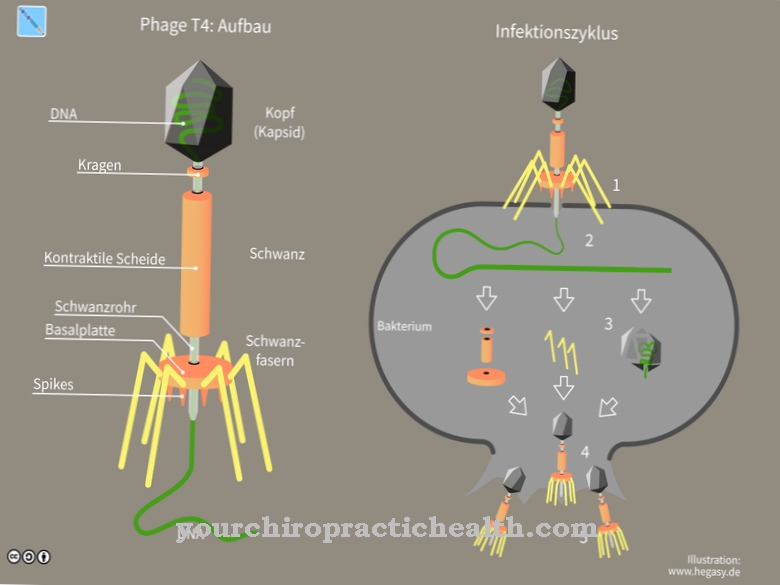
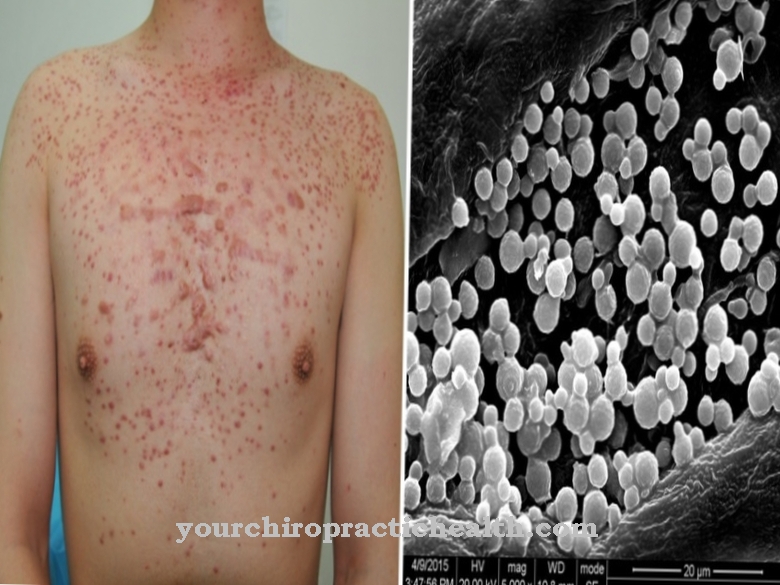
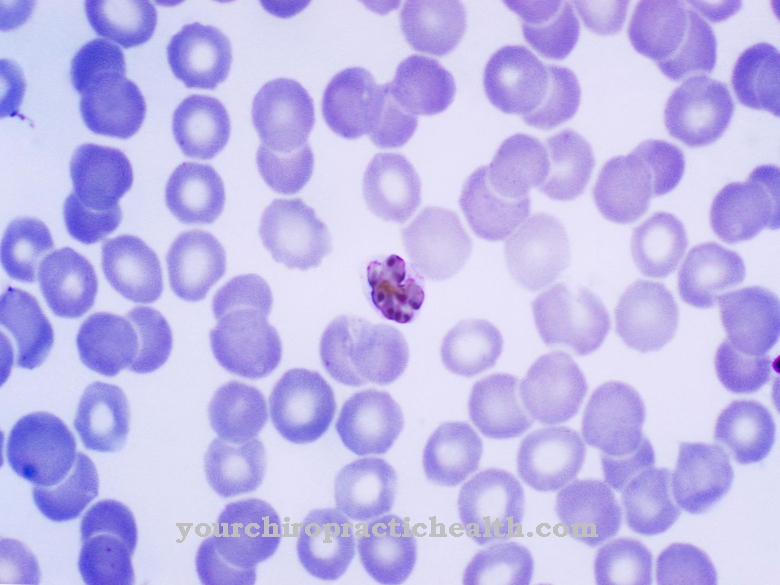

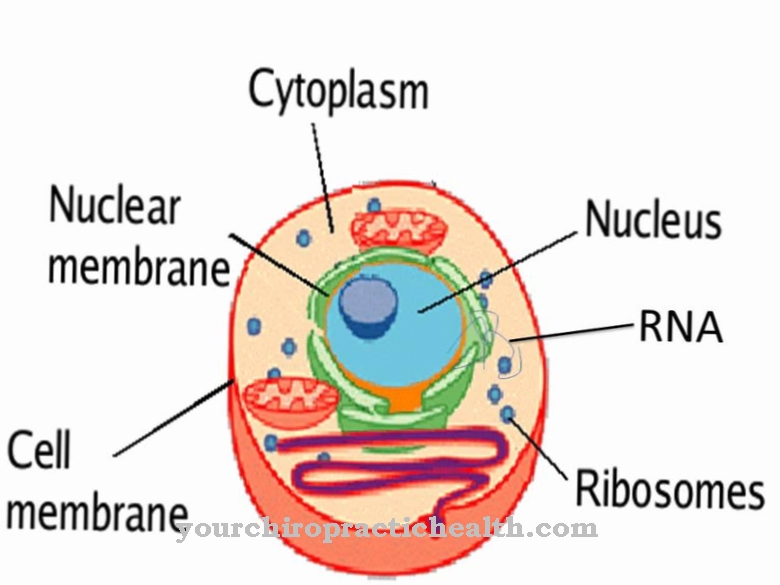



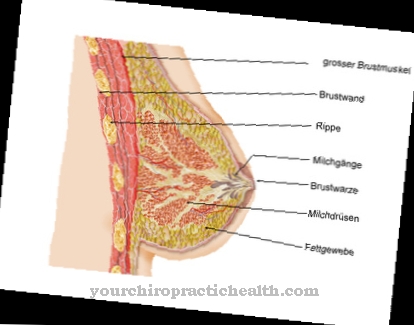

.jpg)
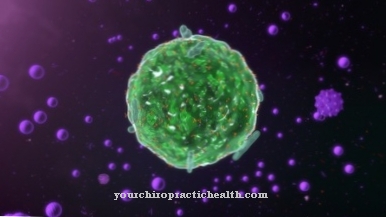
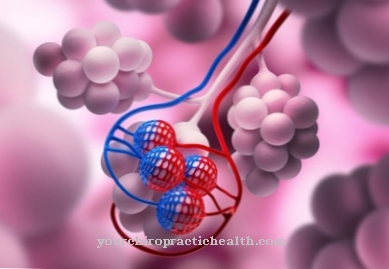



.jpg)

.jpg)





